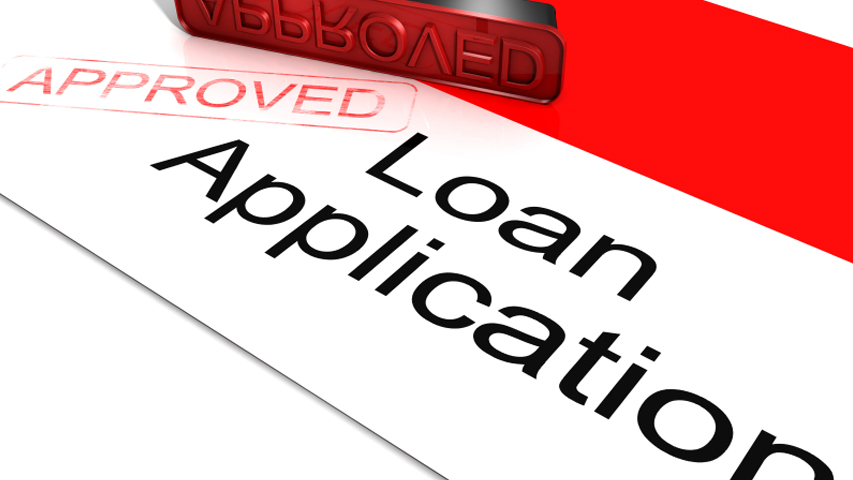Answer:
Mortgage lending is complicated, but if you are buying or selling a home, here’s what you need to know:

The terms pre-qualified and pre-approved are often confused.
As a rule, pre-qualified means that the buyer hasn’t fully completed a loan application. Pre-qualification is usually done for free over the phone or online as a business development tool for lenders. In fact, it may not be worth the paper it is printed on.
A pre-approval letter is typically what you want. It means that the buyer has at least turned in an application and the lender is willing to offer them a loan based on their credit score and documentation.
- The approved loan amount
- The loan origination fees
- The maximum amount of the loan
- A statement that the borrower has completed the application process
- The letter should come from a well known lender
A mortgage bank that charges more than a couple hundred dollars to apply may be a scam in which the lender knows that the “pre-qualified” buyer will not be approved but wants to collect the non-refundable fees.
In addition, be sure to double check that the lender has in-house underwriting. It is much easier to meet closing dates when the work is done in-house. Basically, there are fewer headaches when things aren’t farmed out.
Also keep in mind that larger lenders tend to use less expensive (and less qualified) appraisers which may cause issues with the appraisal process.
Don’t be surprised if a letter does not list all the above items. Letters vary from lender to lender. So does the usage of the terms pre-qualified and pre-approved.

